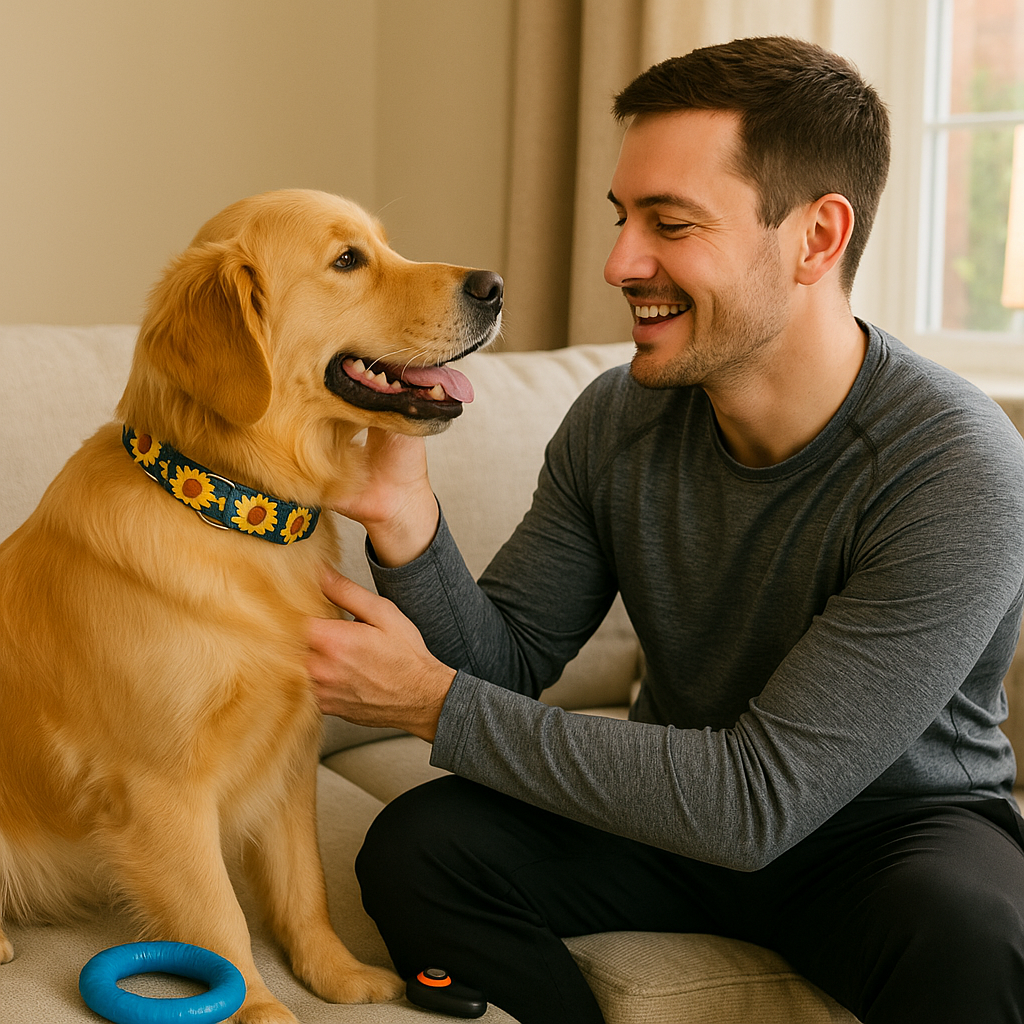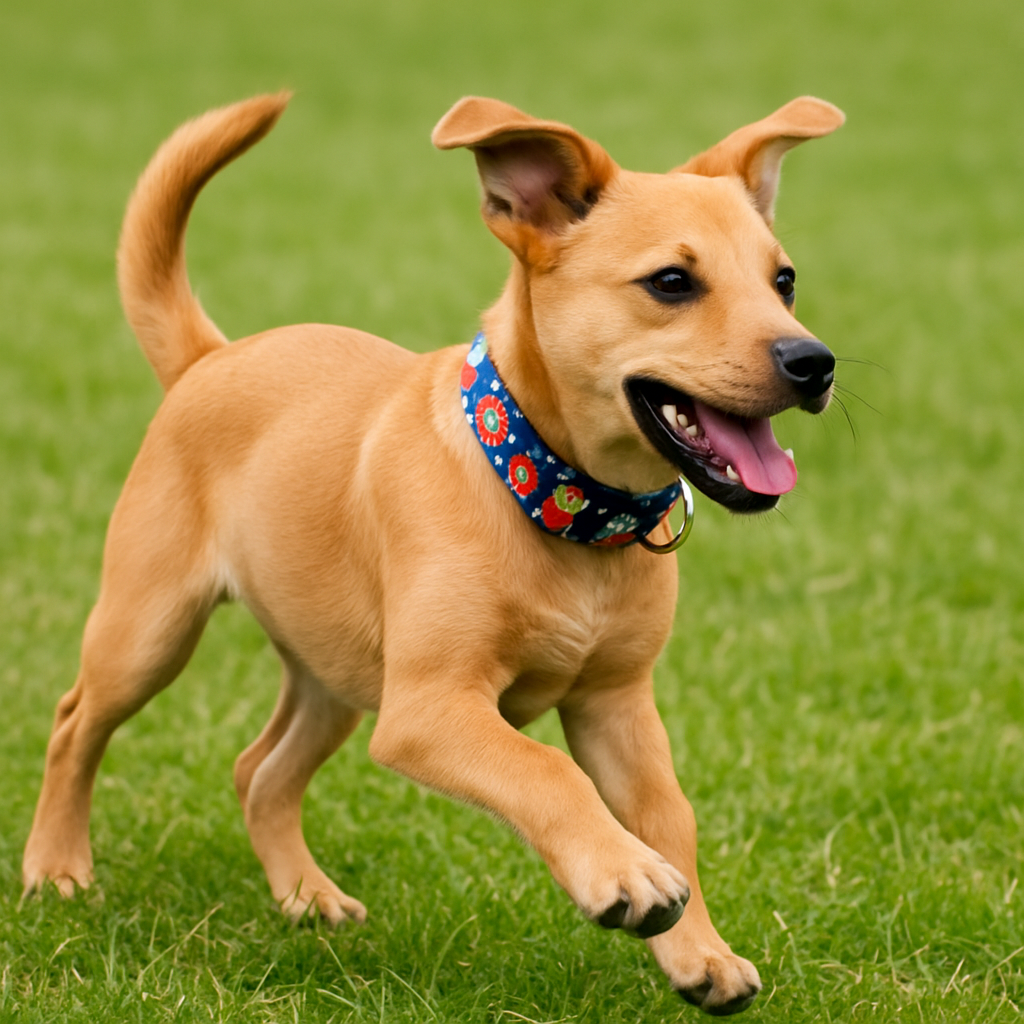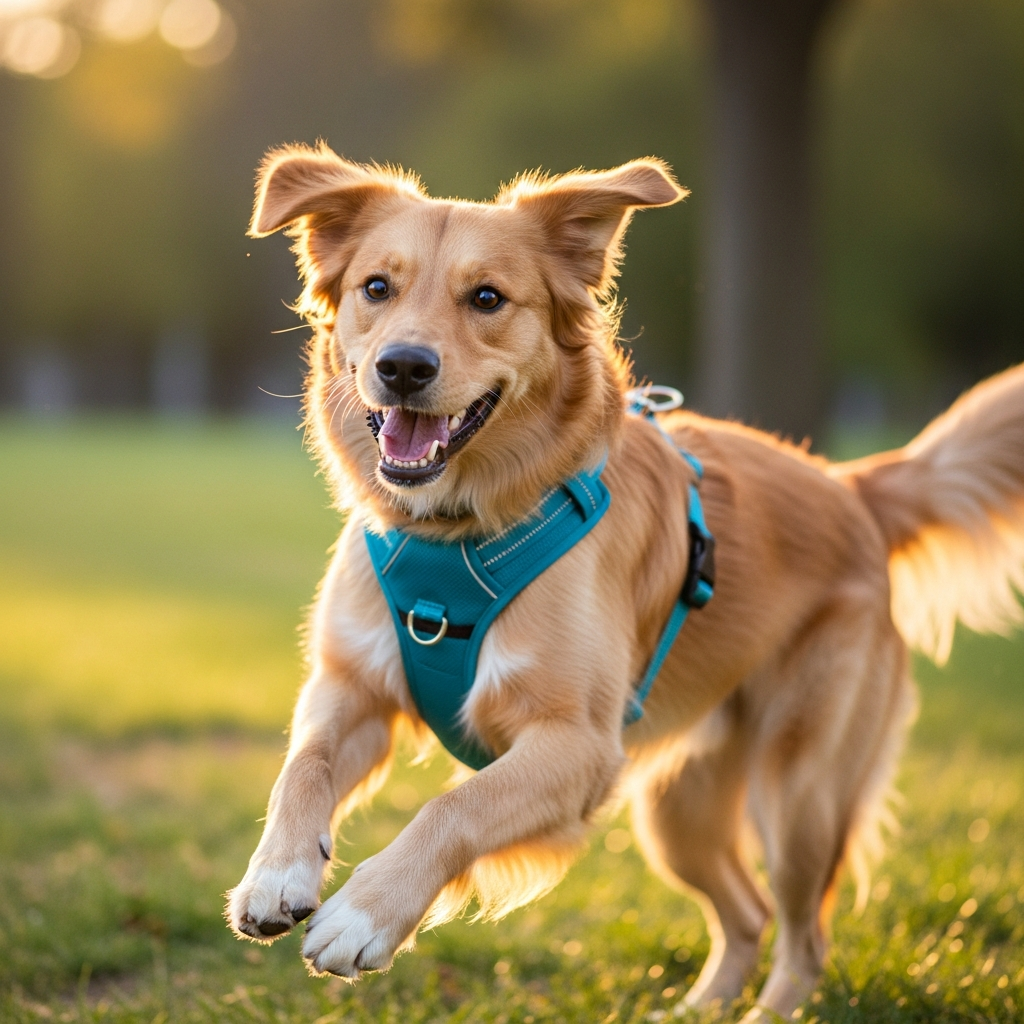Pain: Stubborn dogs ignore commands and resist training, leading to chaos or danger.
Solution: Regain control and obedience with the appropriate collar.
Selecting the optimal training collar—whether a dog shock collar or martingale dog collar—can rectify stubborn behavior through secure and unwavering control. This facilitates improved obedience while upholding humane training practices.
Uncover the collars that trainers rely on and learn how to utilize them effectively—your dog's transformation commences here.
What Makes a Collar Best for Stubborn Dogs?
The paramount training collar for stubborn dogs must offer a harmonious blend of control, comfort, and safety. Given that these dogs frequently exhibit resistance to conventional methods, their collars must furnish lucid, immediate feedback.
A dog shock collar employs vibrations, tones, or low-level static signals to convey undesirable behavior. The emphasis is on timing and consistency rather than punishment. Models tailored as small dog shock collars ensure safer utilization for toy or miniature breeds with delicate necks.
Meanwhile, a martingale dog collar gently tightens under tension without causing choking. This proves efficacious for dogs prone to attempting escape from standard collars, making it a top choice for trainers working with escape-prone or reactive dogs.
Moreover, a GPS dog collar offers supplementary functionality by aiding in tracking dogs inclined to bolt or wander, particularly valuable during off-leash training in expansive areas.
Although once prevalent, the utilization of a dog collar chain has waned due to its diminished precision in offering feedback and heightened potential for misuse.
The superlative collar is one that aligns with your dog's size, demeanor, and training requisites—fusing distinct correction with enduring comfort.

How to Balance Control and Dog’s Wellbeing?
Training encompasses more than just control—it hinges on trust. A training collar ought to facilitate behavioral transformation without instilling pain or fear.
When it comes to small breeds, a small dog shock collar outfitted with adjustable sensitivity assures gentle correction. It is essential to commence with the lowest setting and closely monitor the dog's responses.
The martingale dog collar garners acclaim for providing secure restraint. It tightens sans choking, rendering it well-suited for leash training and thwarting the escape attempts of pullers.
Supplementing with a GPS dog collar proves prudent for dogs inclined to wander off. Its purpose transcends correction, serving as a source of reassurance—permitting you to pinpoint your dog's location if training experiences a momentary setback.
The real key lies in recognizing that training tools yield optimal results when coupled with patience, positive reinforcement, and unwavering cues. The right collar serves to steer behavior—not chastise mistakes.
Which Collar Do Trainers Actually Recommend?
Dog trainers frequently extol the virtues of the martingale dog collar for addressing the needs of stubborn dogs. Its slip-resistant design proves ideal for fundamental obedience and leash walking, all while avoiding any harm.
In more formidable cases, certain trainers advocate for the use of a dog shock collar—specifically models equipped with vibration and sound functions preceding any static correction. These facilitate mild corrections that capture the dog's attention devoid of causing distress. Trainers underscore the importance of employing these tools judiciously, reserving their use for situations where alternative methods have proven ineffective.
For toy breeds, small dog shock collars are readily available and are tailored to administer lower thresholds of correction.
In dynamic or unpredictable settings, trainers may incorporate a GPS dog collar to bolster security, ensuring continuous tracking of a stubborn or swiftly moving dog.
While dog collar chains persist in certain contexts, they are generally discouraged due to their lack of safety and potential for inflicting injury.
Ultimately, trainers gravitate towards collars designed to impart lessons without inducing trauma—and that can be tailored to accommodate the unique requirements of each dog.

When and How to Introduce Shock Collars Safely?
Shock collars should only be introduced once the dog has acquired basic training and after all other methods have been extensively explored. They can address persistent behaviors—such as disregarding recall or displaying aggression—when utilized appropriately.
Commence with a dog shock collar encompassing tone and vibration settings. Refrain from employing static correction unless it is absolutely imperative. It is imperative to conduct a self-test with the collar to comprehend its impact. When deploying it, pair its use with a command to establish an association, and promptly reward the correct response.
Exercise additional caution with small dog shock collars. Their petite size renders them more susceptible to correction. Restrict sessions to brief durations and maintain close supervision throughout.
Under no circumstances should shock collars be utilized as a form of punishment. Instead, leverage them as reminders in challenging scenarios—such as instances of chasing, excessive barking, or disregard for commands.
Trainers advocate for concise, organized training sessions punctuated with breaks to mitigate stress. Continuously monitor for indications of fear or emotional shutdown, and promptly remove the collar if such signs manifest.
When used sparingly and judiciously, shock collars can serve to reinforce training—yet they should never serve as a replacement for it.
Summary
The optimal training collar for stubborn dogs achieves a harmonious equilibrium between humane control and safety, with the martingale collar as the initial choice, supplemented by the judicious incorporation of shock collars and GPS as required.
Cindy Long is the Sales Manager of Raysunpets and a pet lover with over 12 years of experience in exporting pet products. She specializes in providing customized dog chest carriers, leashes and pet accessory solutions for the European and American markets, always focusing on the real needs of customers and pets, and is committed to creating high-quality, practical and comfortable products that allow fur kids to live happier lives.


